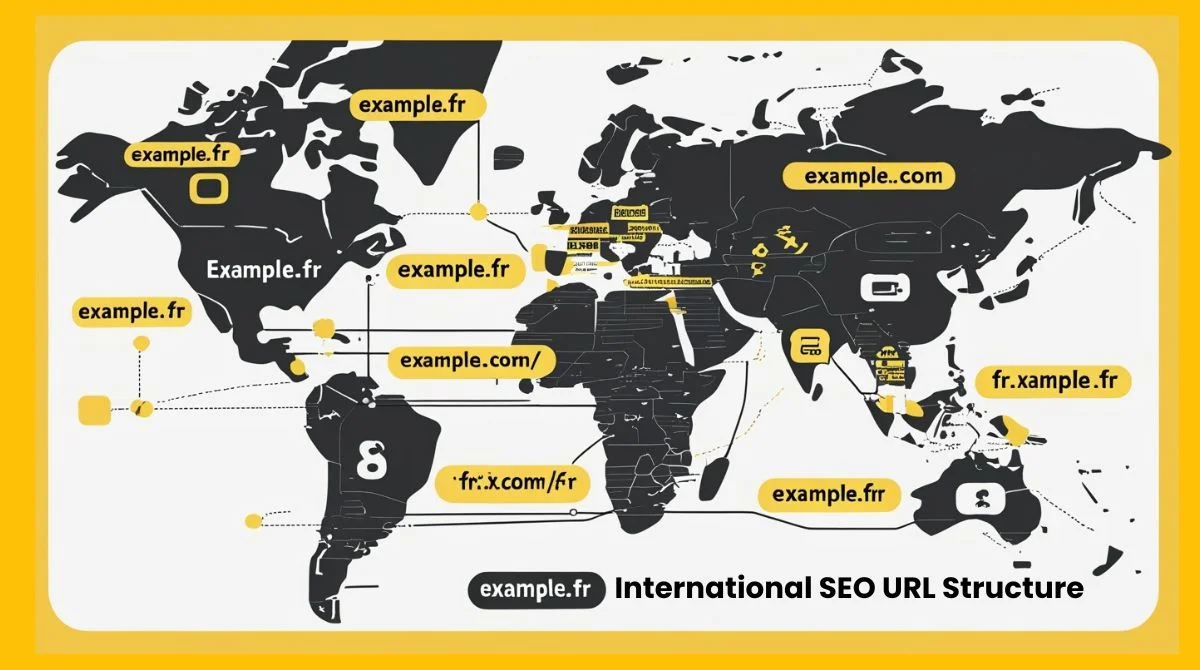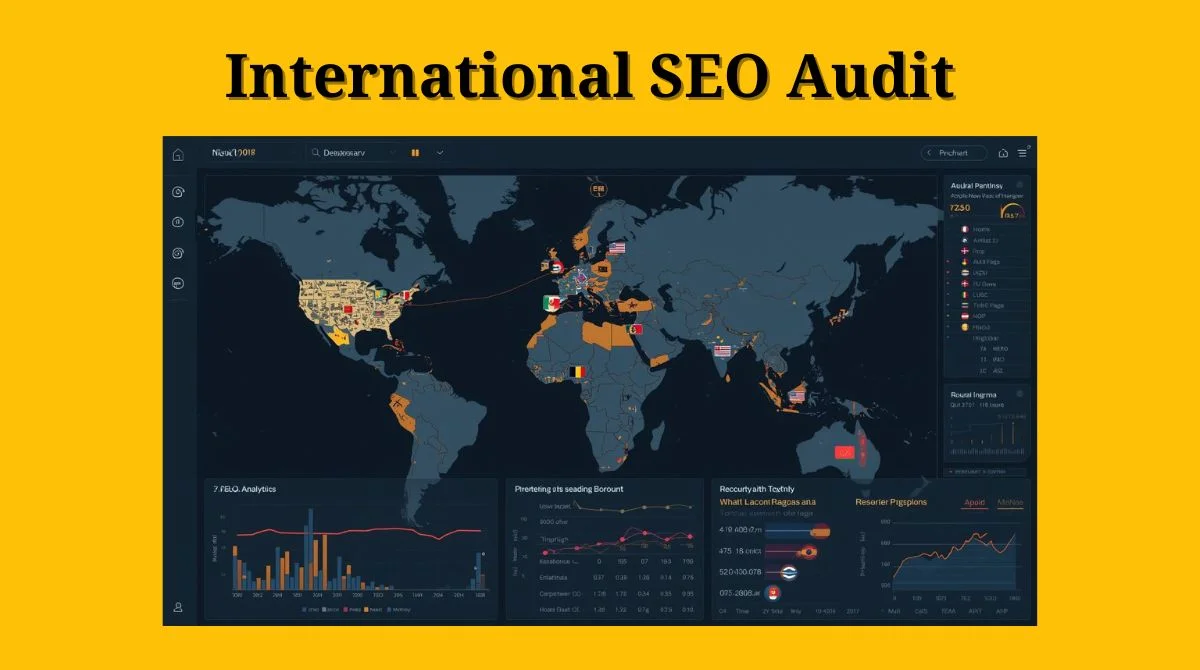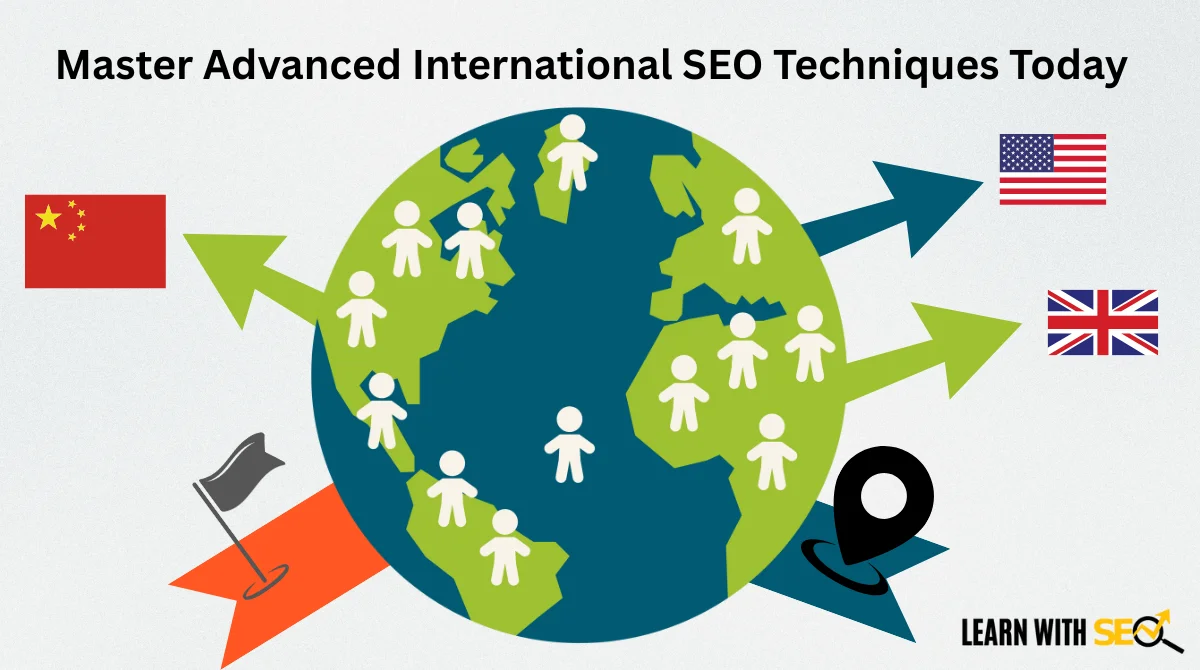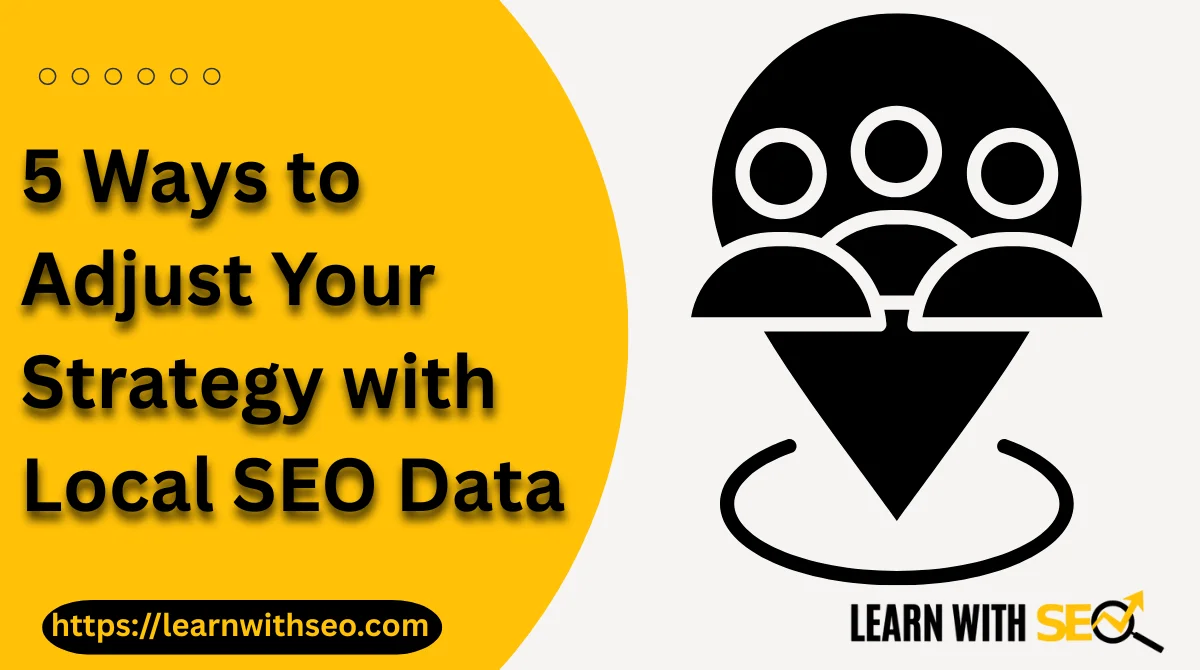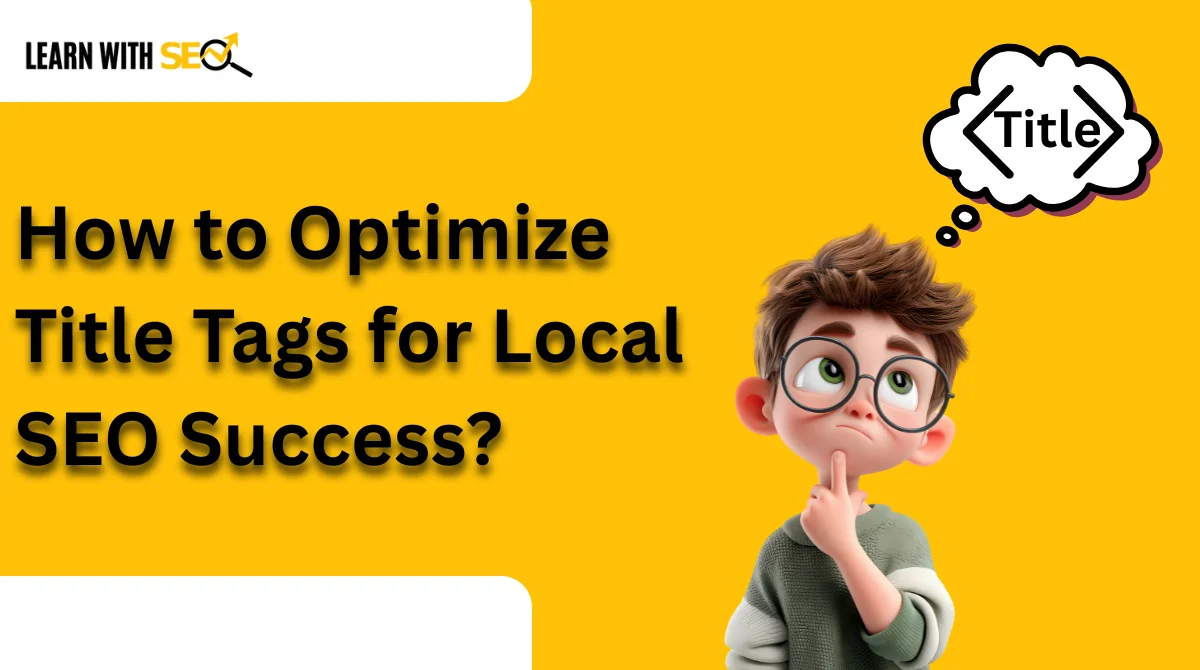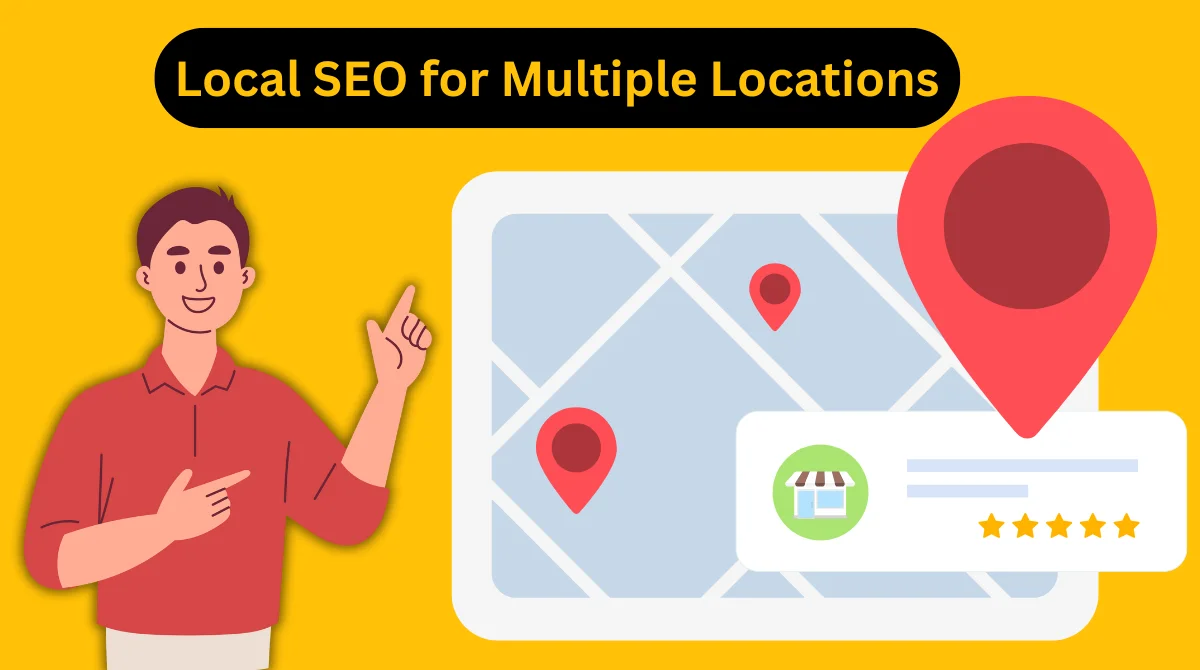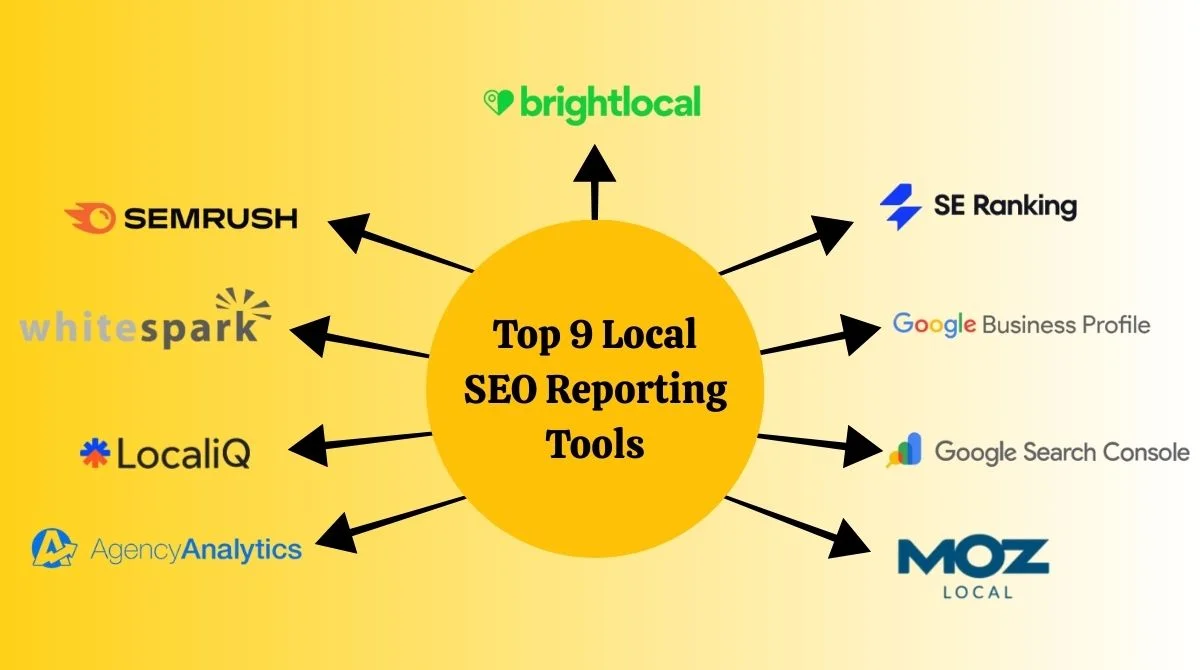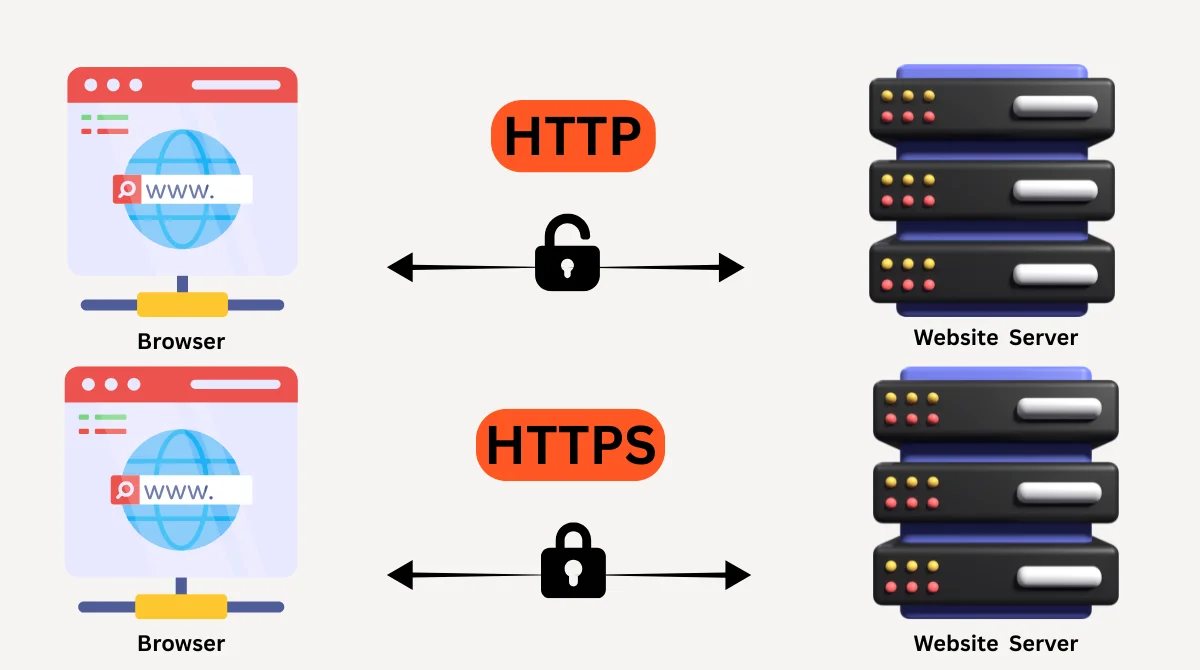Content marketing is a powerful way for businesses to build connections with people. It goes beyond simply advertising products or services. Instead, it’s about building trust, telling meaningful stories, and creating value for the audience. Whether you are a small business owner, a digital marketer, or part of a large brand, learning from successful examples can help you sharpen your own content strategy.
Inspiring Brand Examples of Content Marketing
Below are 15 real-world content marketing examples from top global brands.
1. Red Bull: Turning Energy into Experiences
Red Bull isn’t only selling an energy drink; it’s selling the spirit of adventure. The brand has smartly positioned itself around activities that match its energy-focused identity.
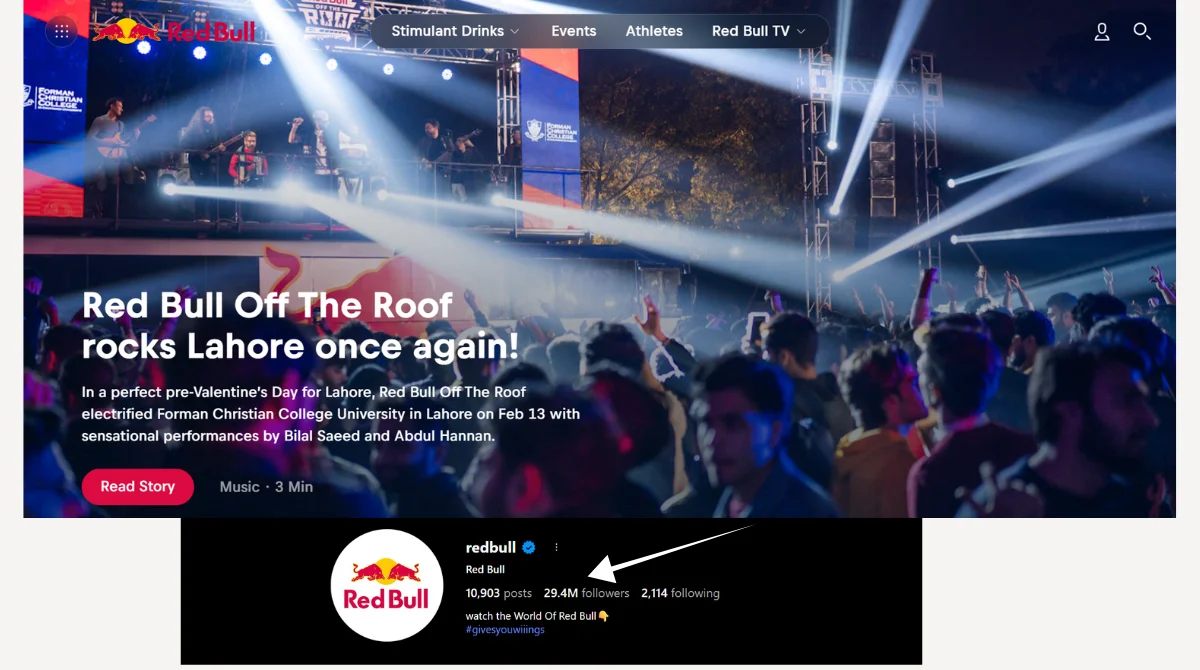
From sponsoring Formula 1 teams to creating extreme sports events like air races and mountain biking challenges, Red Bull makes people associate the drink with action-packed moments.
They even took marketing beyond limits with the Stratos Jump, where an athlete skydived from the edge of space. Millions watched it live, proving that Red Bull is not just a beverage, it’s a symbol of pushing boundaries.
Instead of direct advertising, their strategy focuses on immersive storytelling. Through bold videos, global events, and media channels, they inspire people to live fearlessly.
Key Takeaways from Red Bull’s Approach:
- Associates the drink with adrenaline and excitement.
- Creates unforgettable campaigns that capture global attention.
- Builds loyalty through lifestyle-driven storytelling.
- Extends brand presence into sports, media, and entertainment.
2. HubSpot: Teaching Before Selling
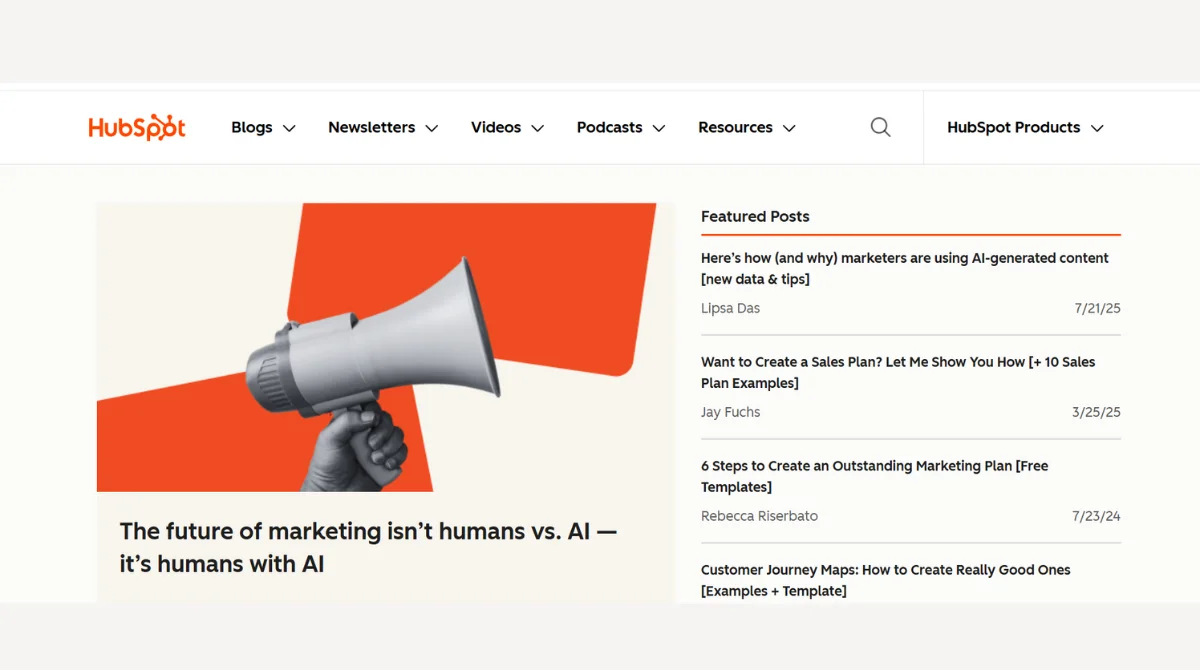
HubSpot’s success comes from a simple idea: help people first, sell later. Instead of promoting its CRM directly, HubSpot provides content that businesses actually need.
Their blog is packed with step-by-step articles, free tools, and marketing templates that guide small businesses and marketers. Readers can find solutions to problems like building an email campaign or improving SEO without paying a single dollar.
On top of that, HubSpot Academy offers free certifications that professionals proudly add to their résumés. This turns HubSpot into an authority and a trusted teacher in the marketing world.
Because the company educates millions for free, people naturally see it as reliable. When those same users need advanced tools, HubSpot becomes their first choice.
Lessons from HubSpot’s Strategy:
- Builds trust by educating before selling.
- Attracts organic traffic with free resources.
- Positions itself as an authority through certifications.
- Creates long-term customer loyalty by solving real problems.
3. Coca-Cola: Share a Coke Campaign
Coca-Cola’s famous “Share a Coke” campaign gave customers a chance to find bottles with their own names printed on the label. This simple yet powerful idea turned an everyday product into something personal.
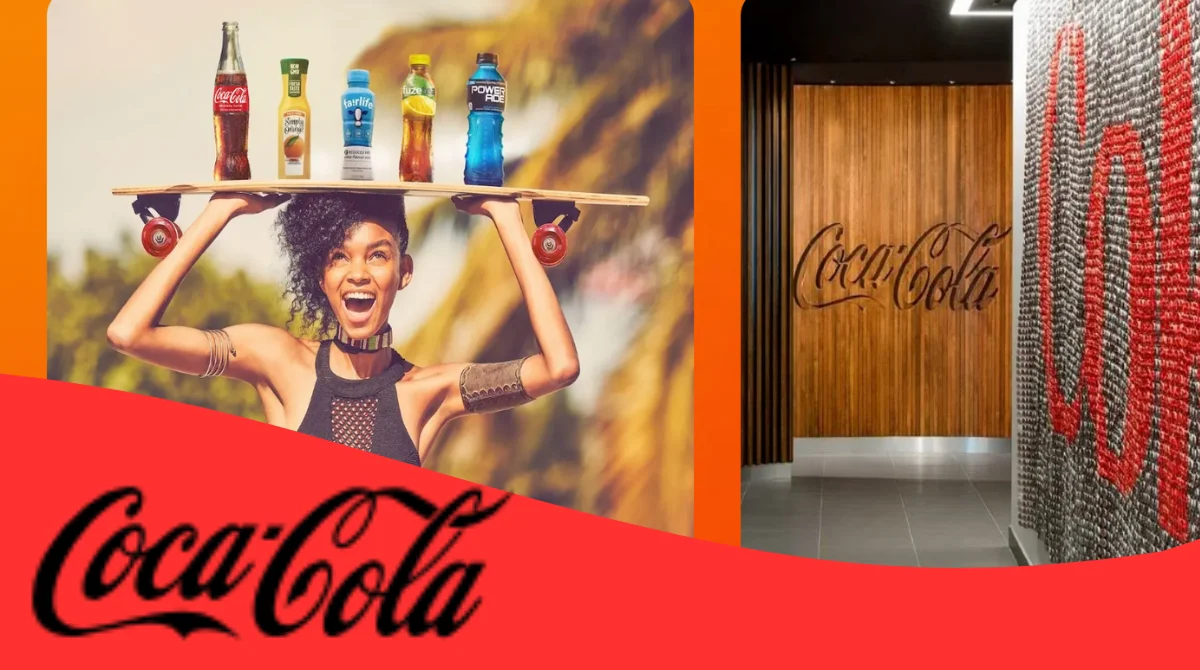
The campaign encouraged people to buy Coke bottles not just for themselves but also for friends and family. It soon turned into a trend, as customers began sharing photos of their customized bottles on social media.
By making the product about people, not just a drink, Coca-Cola created a sense of fun, belonging, and emotional connection that people loved to share.
Takeaways from Coca-Cola’s Strategy:
- Personalization makes customers feel special and valued.
- Social sharing multiplies brand visibility at no extra cost.
- Builds a deeper emotional bond with the product through fun experiences.
4. GoPro: User-Generated Content Magic
GoPro is more than just a camera company; it’s a community-driven brand. Instead of producing all the marketing content themselves, they let their customers become the storytellers.
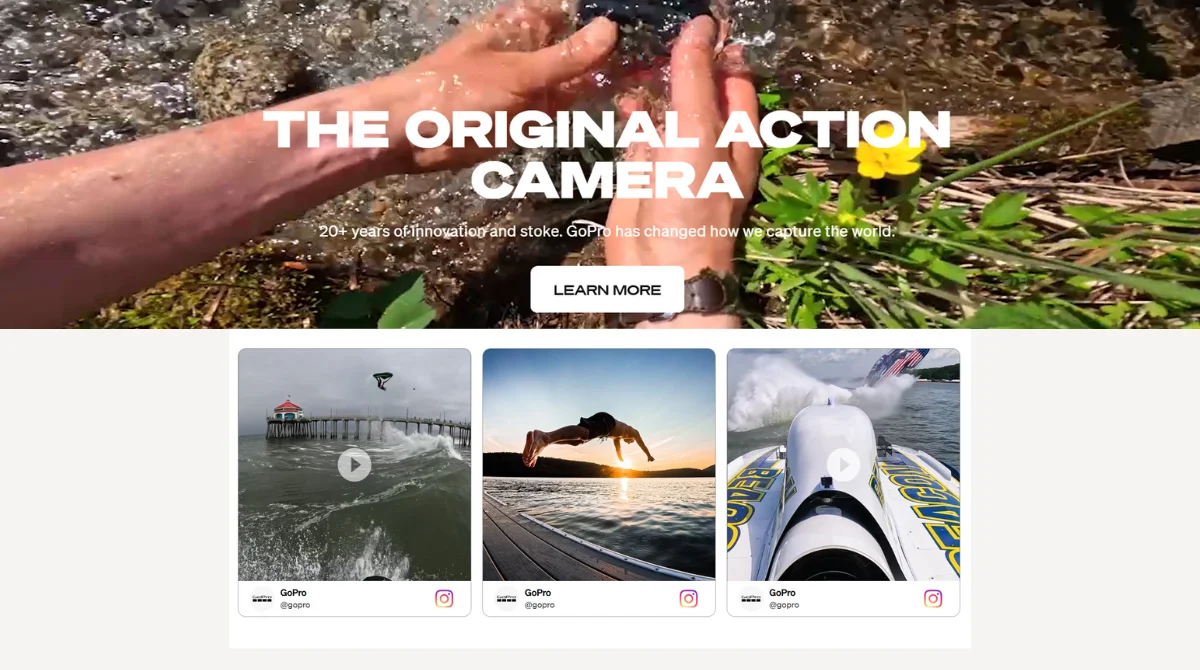
People around the world share breathtaking photos and action-packed videos captured with GoPro cameras. These real-life experiences highlight the product’s quality in ways traditional ads cannot.
This strategy not only saves GoPro money on content creation but also builds strong authenticity. When potential buyers see real people capturing amazing adventures, they are more likely to trust the brand.
Insights from GoPro’s Approach:
- Authentic content feels more trustworthy than scripted ads.
- Showcasing real users creates strong engagement and loyalty.
- User-generated content provides endless free material for marketing.
5. Airbnb: Sharing Unique Stories
Airbnb is not only about booking homes, it’s about creating memorable experiences. Rather than focusing on product listings, Airbnb showcases the unique experiences of its hosts and travelers.
Their blog and social media channels are full of cultural insights, local adventures, and authentic stories. These narratives make people see Airbnb as more than a service; it becomes a storytelling platform that celebrates connection and community.

When users see real people opening their homes and travelers discovering unique places, it builds trust and makes the brand feel human.
Lessons from Airbnb’s Content Strategy:
- Focuses on experiences rather than just accommodations.
- Builds emotional bonds between travelers and hosts.
- Strengthens brand trust through authentic, real-life stories.
6. Spotify: Wrapped Campaign
Every year, Spotify users look forward to one thing: Spotify Wrapped. This campaign delivers a personalized playlist showing their most-listened-to songs, artists, and genres from the past year.
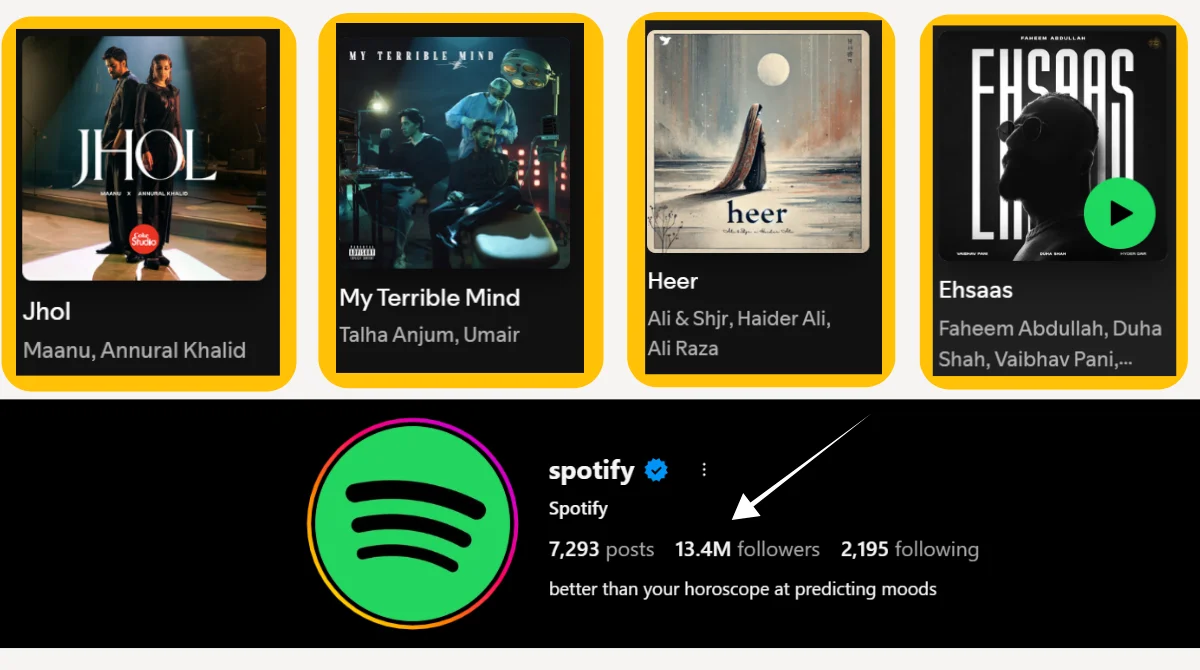
It feels like a celebration of one’s personal taste in music. What makes it even more powerful is that people love sharing their results on social media. This turns the campaign into a viral trend every December.
By combining personalization and community sharing, Spotify Wrapped transforms listening habits into a fun cultural moment that keeps users connected to the brand.
Highlights from Spotify’s Approach:
- Personalization gives users a sense of value and recognition.
- Social sharing spreads the campaign globally without heavy ads.
- Strengthens the link between music identity and the Spotify brand.
7. Nike: Inspiring with Motivation
Nike is one of the best examples of how a brand can go beyond selling products. Their “Just Do It” slogan has become a global message of motivation.
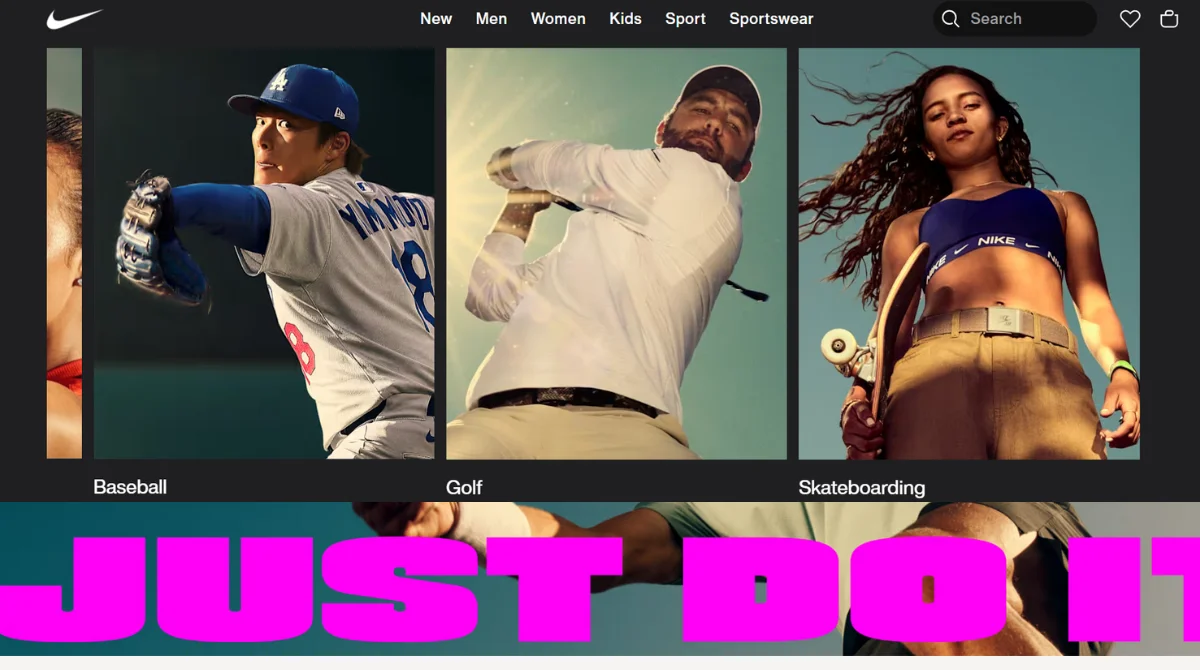
Nike’s campaigns often feature athletes who share personal stories of struggle, resilience, and achievement. These stories inspire people of all ages to push past their limits and believe in themselves.
The brand doesn’t just sell sportswear; it sells confidence, empowerment, and a lifestyle of perseverance. This emotional connection has made Nike one of the most trusted and loved brands in the world.
Key Takeaways from Nike’s Messaging:
- Uses storytelling that emotionally resonates with everyone.
- Aligns with a clear mission to inspire performance and confidence.
- Builds deep, long-term loyalty through empowerment.
8. LinkedIn: Thought Leadership Content
LinkedIn has positioned itself as more than just a networking platform; it has become a knowledge hub for professionals. The brand publishes insights, reports, and case studies that help people understand industry trends and grow in their careers.
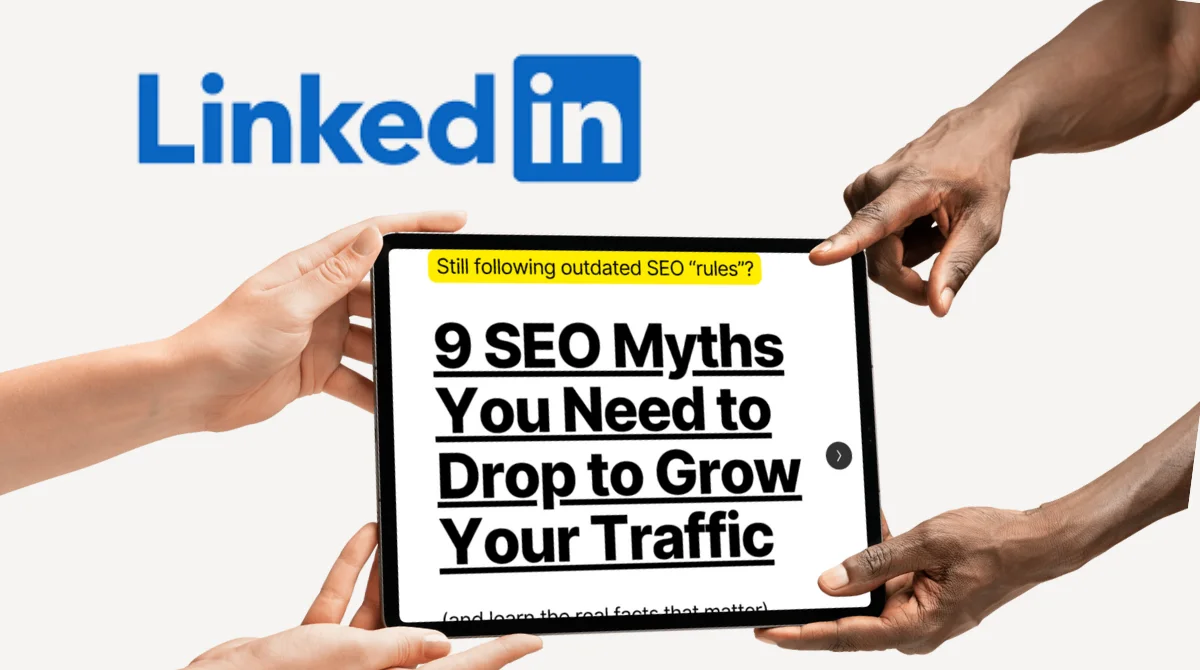
By offering practical advice and research-backed resources, LinkedIn builds a reputation as a reliable thought leader in the professional space. Users come to the platform not only to connect but also to learn and stay updated.
This consistent flow of high-value content strengthens user trust and keeps LinkedIn ahead as the go-to business platform.
Strategic Insights from LinkedIn:
- Research-based content builds credibility and authority.
- Practical advice supports career growth for users.
- Reinforces trust as a global professional community.
9. Apple: Minimalism in Storytelling
Apple has mastered the art of simplicity in marketing. Their product launches, ads, and videos rarely overwhelm the audience with details. Instead, they highlight sleek design, creativity, and innovation through clean visuals and minimal words.
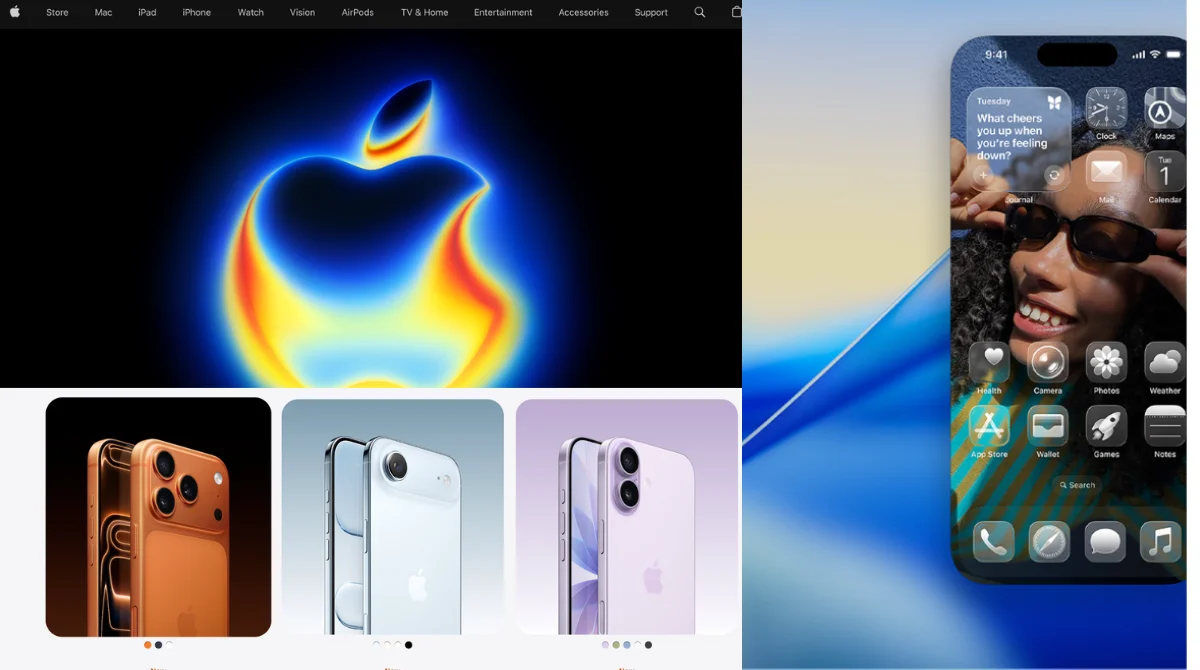
This approach makes Apple products feel aspirational, not just tools, but lifestyle choices. The focus on experience rather than technical features ensures that the brand message is always clear, memorable, and powerful.
By consistently using minimal yet impactful storytelling, Apple maintains a strong and instantly recognizable brand identity worldwide.
Learnings from Apple’s Branding Style:
- Clean, simple visuals make the message easy to absorb.
- Consistency builds a powerful and iconic identity.
- Lifestyle-driven marketing creates emotional appeal.
10. Sephora: Interactive Content
Sephora has redefined online shopping by making it personal and interactive. Through tools like quizzes, makeup tutorials, and even augmented reality, they help customers find products tailored to their unique needs.
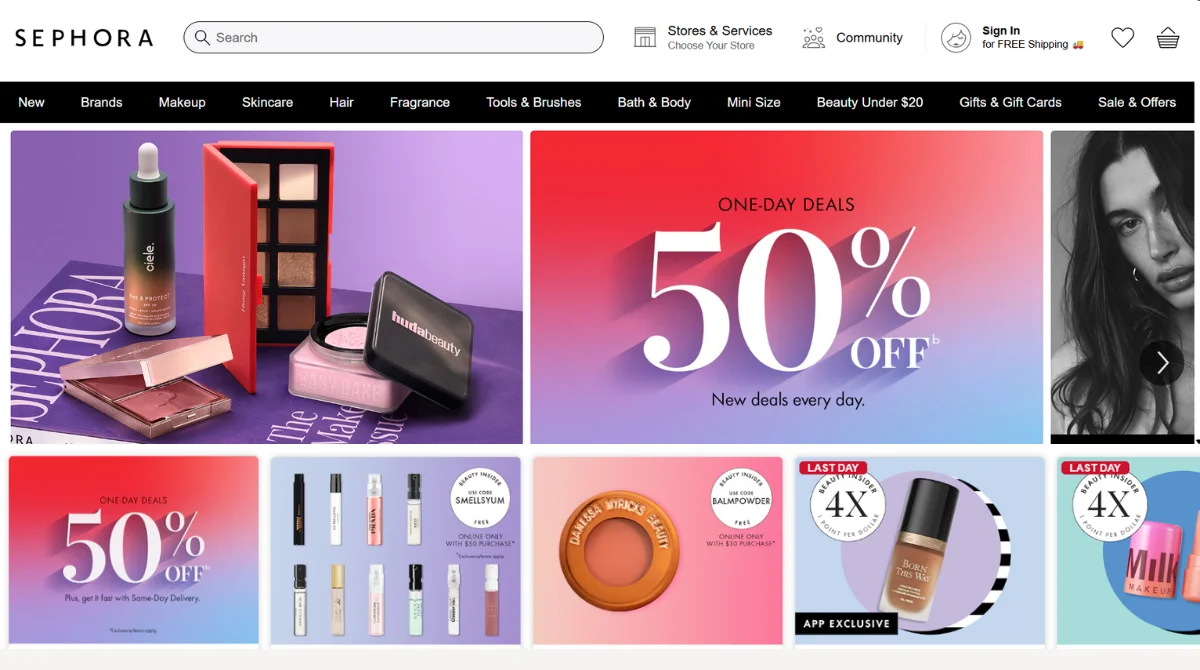
This strategy transforms shopping from a transaction into an engaging experience. Customers don’t just buy products; they learn, explore, and feel confident in their choices.
By blending education with entertainment, Sephora creates lasting trust and loyalty while also driving sales.
Key Points from Sephora’s Approach:
- Interactive tools keep customers engaged and curious.
- Personalization builds confidence in buying decisions.
- Educates customers while promoting products effectively.
11. LEGO: Creative Storytelling
LEGO goes far beyond selling colorful bricks; it has built a world of imagination. Through movies, games, and interactive content, LEGO creates stories that make playtime more meaningful.
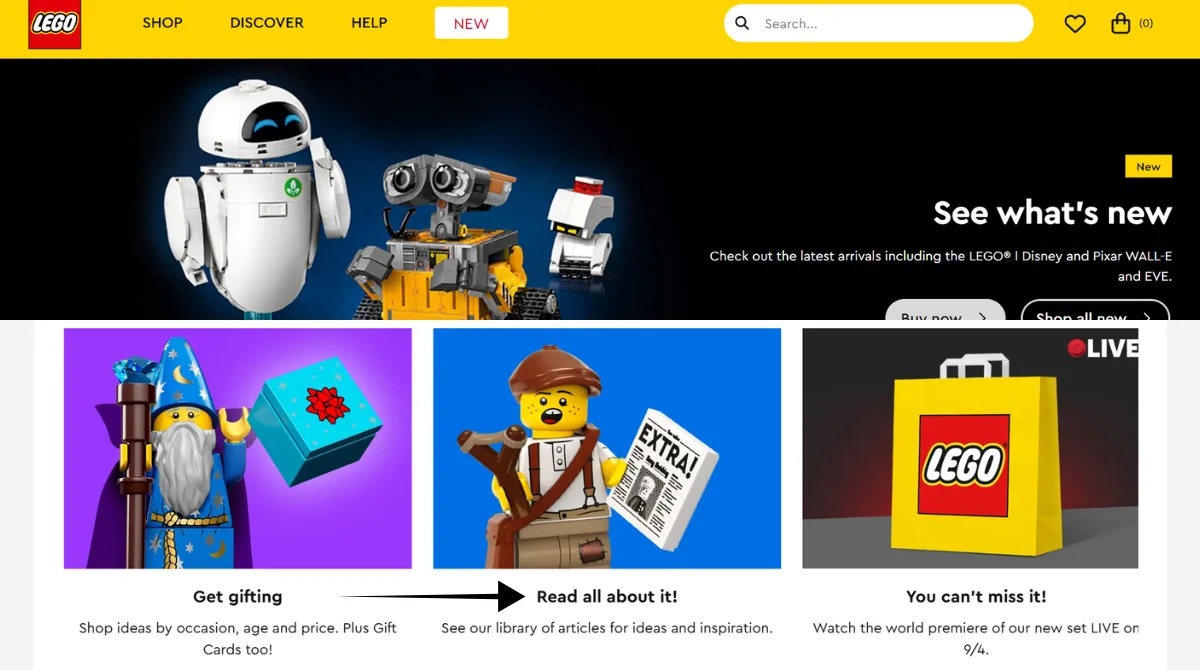
This strategy engages not only children but also adults who grew up with the brand. By focusing on creativity and storytelling, LEGO has expanded its identity beyond toys and into entertainment.
The result is a brand that sparks joy, fuels imagination, and creates lasting memories for generations.
What LEGO Teaches Us:
- Storytelling engages audiences of all ages.
- Extends brand influence beyond products.
- Creates shareable, fun, and memorable experiences.
12. Grammarly: Helpful Content for Daily Use
Grammarly has built its authority by focusing on everyday writing problems. Through blogs, tutorials, and social media tips, the platform helps people become better communicators.

This approach works because it speaks to everyone: students, professionals, and businesses alike. The content is not only educational but also practical and relatable in daily life.
By solving real writing challenges, Grammarly converts free users into loyal paying customers while positioning itself as a trusted writing assistant.
Content Lessons from Grammarly:
- Addresses real-life problems with simple solutions.
- Builds strong authority in the grammar and writing space.
- Smoothly encourages free-to-play transitions.
13. Starbucks: Social Media Engagement
Starbucks has turned coffee into a social experience. Their fun challenges, seasonal promotions, and user-generated content make them one of the most engaging brands on social media.
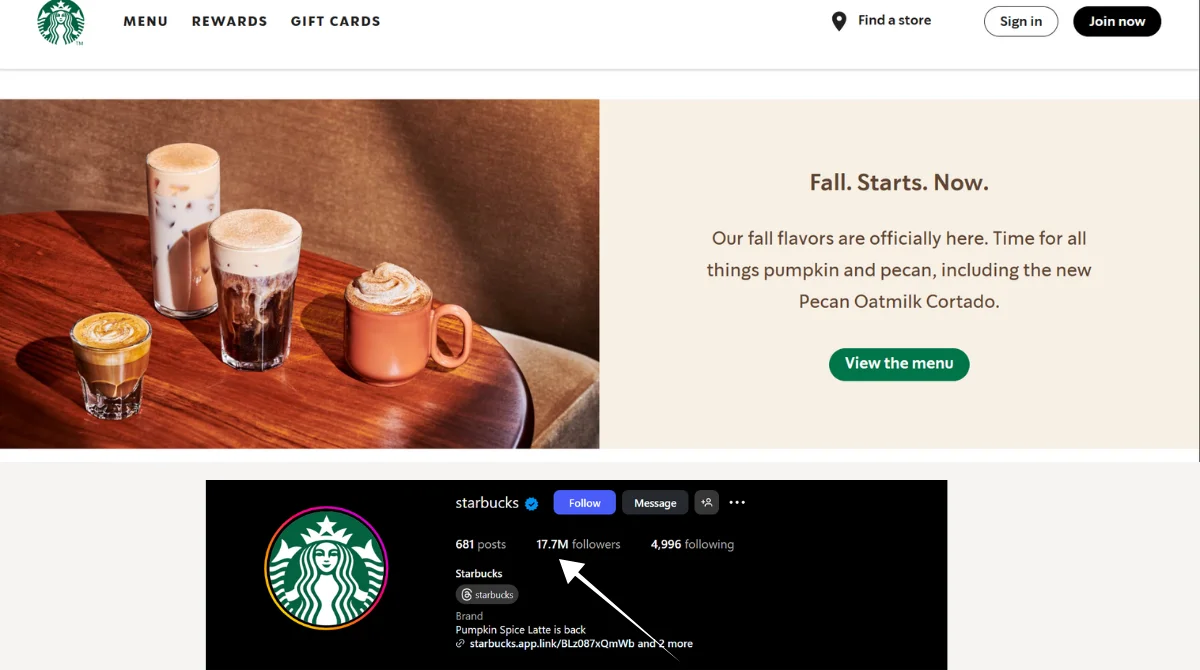
Drinks like the Pumpkin Spice Latte have become more than beverages; they are traditions people eagerly share online. This emotional connection strengthens the community Starbucks has built around its products.
By mixing lifestyle, culture, and customer participation, Starbucks has created a loyal global following.
Insights from Starbucks’ Social Media:
- Seasonal campaigns create strong emotional bonds.
- User participation boosts organic brand reach.
- Builds a community around everyday coffee culture.
14. Canva: Empowering Creativity with Tools
Canva has transformed design by making it accessible to everyone, not just professionals. Their platform is full of tutorials, ready-made templates, and practical tips that inspire creativity.
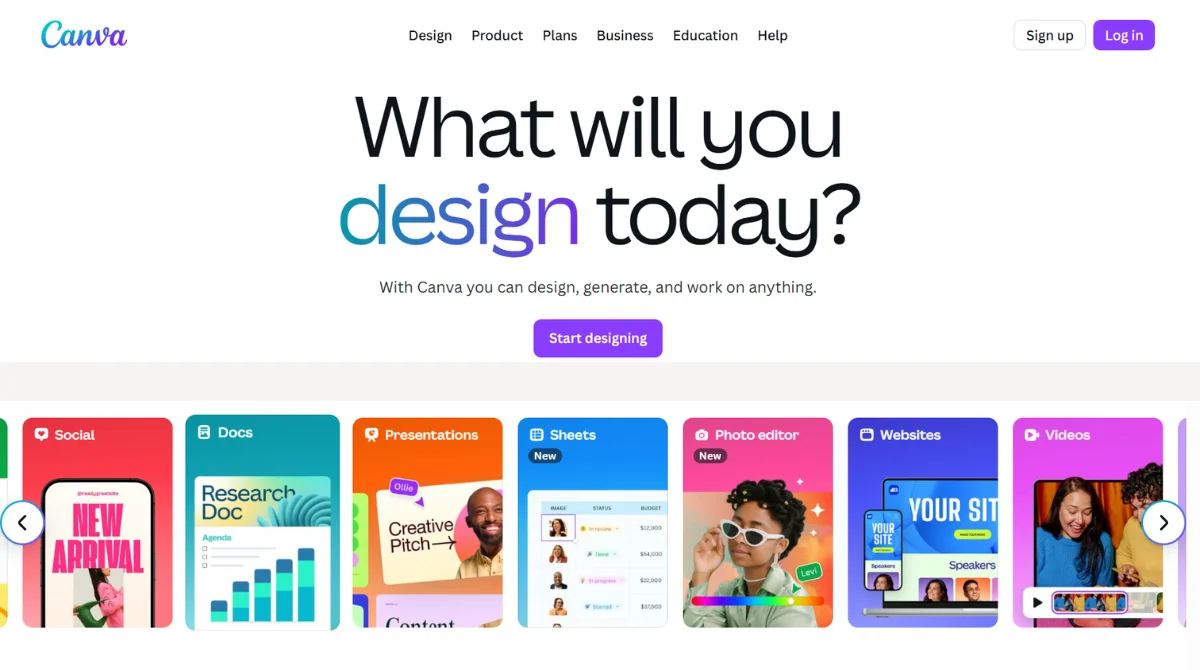
They also highlight real stories of businesses and individuals who succeed using Canva, which builds authenticity and trust. By providing value upfront, Canva nurtures beginners while also serving advanced creators.
This balance of simplicity and empowerment has made Canva a go-to design tool worldwide.
Takeaways from Canva’s Strategy:
- Makes design easy for beginners and experts alike
- Provides free resources that add immediate value
- Builds credibility through real customer success stories
Key Takeaways from These Examples
The most inspiring content marketing examples share some common traits. They:
- Focus on storytelling instead of only products.
- Provide real value to the audience.
- Use personalization and interactive experiences.
- Encourage user participation.
- Build trust and authority over time.
When creating your own content strategy, think beyond direct selling. Instead, focus on how you can educate, entertain, inspire, or empower your audience. By doing this, you’ll not only attract attention but also build long-lasting relationships with customers.
Final Thoughts
Content marketing is not about quick wins; it’s about consistency, creativity, and value. Brands like Red Bull, Spotify, Nike, and Starbucks show us that when you combine emotional storytelling with audience-focused strategies, the results are powerful.
If you want your brand to stand out, study these examples and adapt the strategies to fit your unique audience. Remember, content marketing is always evolving, but one thing never changes: people connect with stories, emotions, and authenticity.


